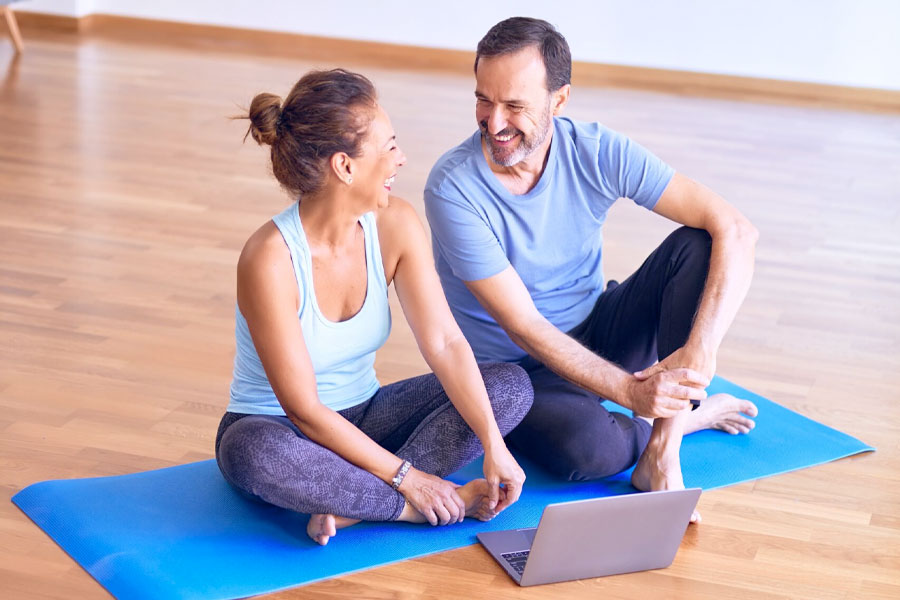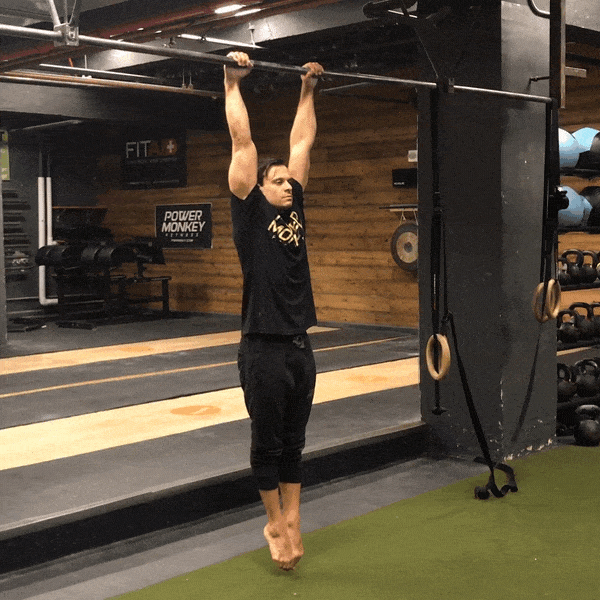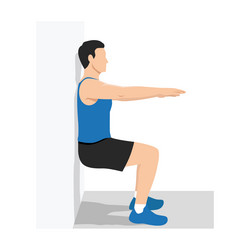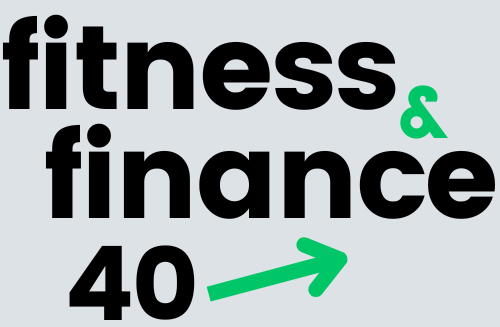
If getting older has taught me anything, it’s that, many times, simpler is better.
I have to admit that I’ve spent a ton of time over the years overthinking things, inevitably making some situations more complicated than they needed to be.
I’m guessing some of you can relate.
Whether it was dissecting a problem that my kids threw at me or coming up with a solution to a challenging business-related issue, often, the answer ended up being pretty basic.
The same is true for exercise.
The advantages of keeping things simple when it comes to exercise often outweigh those of more detailed, over-thought plans.
For example, when performed consistently over time, exercises like pushups, pullups, and bodyweight squats can help you build a body the majority of people would be envious of.
While building muscle and shedding body fat are likely at the top of many people’s list of exercise goals, we should also be focusing on health longevity, particularly as we get older.
My health and fitness goals have evolved as I’ve gotten older.
While I’ll never stop focusing on improving my body composition, I also want to ensure that I move effectively, maintain a high level of functionality, and avoid injury later in life.
According to a study (https://www.nia.nih.gov/news/how-can-strength-training-build-healthier-bodies-we-age) regardless of how active you are now, your muscle mass and strength decline as you get older.
Muscle mass and strength peak at 30 to 35 years old. After that, they slowly but steadily decline. At age 65 for women and 70 for men, the pace of these declines increases.
Two areas that can deteriorate rapidly as you age are grip strength and lower body strength, which can directly impact not only your physical health but your emotional health as well.
Hold Onto Your Grip
A strong grip pays huge dividends in the areas of injury prevention and quality of life as we get older.
Grip strength has also been linked to better immunity and decreases in chronic disease risk.
Although you might not readily associate a strong grip with better immunity, research has shown this to be the case.
According to Ardeshir Hashmi, MD, a geriatric medicine specialist at the Cleveland Clinic, as we get older, our immune system declines, affecting our ability to fight infections.
Decreased muscle mass also means that our body loses its ability to mount a response to viruses and bacteria.
“Grip strength naturally begins to decline around age 50, and maybe even earlier,” according to Hashmi. “People who maintain their grip strength age more slowly. They stay healthier longer and are stronger throughout their bodies.”
Another study sought to explore the correlation between muscle strength, hypertension, and diabetes.
It found that individuals with undiagnosed diabetes, compared with individuals without diabetes, had lower grip strength, as did individuals with diagnosed diabetes compared with individuals without diabetes.
According to Dr. Hashmi, weak grip strength can be a warning sign of a higher risk for chronic diseases, in part because a lowered muscle mass makes it harder to exercise, leading to a sedentary lifestyle, which raises the risk for chronic conditions like Chronic Obstructive Pulmonary Disease (COPD), diabetes, heart disease, and obesity.
Injury Prevention & Quality of Life
Beyond its disease-fighting, immunity-boosting power, the practical, day-to-day benefits of improved grip strength are numerous.
According to Dr. Peter Attia, an expert in the study of health longevity and life extension, grip strength is one of the strongest physical associations with longer life.
“Grip strength is a very functional form of strength,” says Attia. “Given our reliance on our hands for countless everyday tasks, having a strong grip has an outsized impact on our quality of life. If your grip is weak, everything upstream of that is weak, which can often lead to injury.”
Attia says grip strength can make the difference between a good and a bad outcome with accidents like slips and falls. “Having a strong grip gives you a greater chance of catching yourself after losing balance, thus avoiding the downward spiral in health that often follows a bad fall.”
The negative ramifications of poor grip strength can impact mental health as well.
Weak grip strength is an indicator of reduced muscle strength throughout the entire body, which can lead to reduced mobility, which can result in feelings of loneliness.
According to Hashmi, “We know that physical limitations can have a negative impact on your mental health. If you can’t go out and spend time with your friends and family, and you can’t get out and do things that make you happy, you become more isolated. And isolation harms your cognitive (brain) and emotional health.”
Stay On Your Feet/Stand Your Ground
Weak lower body strength, particularly in the quadriceps muscles of the legs, can adversely affect several different areas as you age, including an increased risk of slips and falls, general mobility, and overall quality of life.
It can also hinder your independence and lead to a more sedentary, unhealthy lifestyle.
If you’re not as mobile as you once were, you become reliant on others to help you perform daily tasks and chores, get outdoors, and enjoy life.
Numerous studies also suggest that lower body strength contributes to lower mortality rates and cognitive function.
Sit & Hang For Awhile
Fortunately, two of the best exercises for addressing grip strength and lower body strength are two of the simplest to perform.
Just don’t equate simple with “easy.” (insert evil laugh here).
Bar hangs and wall squats are incredibly effective at targeting grip strength and lower body strength, and other than an overhead bar, neither requires any special equipment besides your own body.
I’m a huge fan of bodyweight exercise.
I believe that being able to handle your body weight with basic exercises like pushups, pullups, and bodyweight squats is critical and carries through directly to better strength and mobility later on in life.
In fact, during my 20-plus years as a certified personal trainer, bodyweight exercises were the foundation of many of the programs I designed for my clients.
Bar hangs and wall squats require you to master your body weight.
The other benefit of bar hangs and wall squats is that you’ll never outgrow them.
That’s because the only training variable is time.
Adding a mere 10 seconds can make each exercise progressively more challenging.
For bar hangs, find an overhead bar at the gym or even a local park. Make sure that it can support your body weight.
Set a timer, reach up and grab the bar, and hang from it with your arms straight and your feet slightly off the ground.
Begin with a 15 to 30-second hang and try to add a bit of time with each subsequent hang.
Try to keep your body from swaying as much as you can.

In addition to helping build grip strength, bar hangs can help decompress your spine, which can help alleviate pain or discomfort in your lower back and hips if you’ve been sitting for an extended period.
Plus, hanging from a bar feels good, as it’s also a great way to stretch out your entire body.
For wall squats, you’ll stand with your back flat against a wall with your feet placed 1-2 feet away from the wall.
Next, bend your knees as you move into a squat position until your knees are at a 90-degree angle.
Your back should stay pressed against the wall at all times.

You’ll know you’re in the correct position when the quadriceps muscles in your legs start to burn—and they WILL start to burn!
Like you did with the bar hang, set a timer.
Depending upon your current strength and conditioning level, I suggest starting with a goal of 45-60 seconds.
Once you reach that, try to add 15-30 seconds each time you perform them.
Bar hangs and wall squats provide the perfect blend of benefit and simplicity.
And while staying healthy and minimizing the risk of injury as you get older can seem complicated and daunting, these two basic exercises will help you demystify it and take some of the complexity out of that pursuit.
Here’s to keeping things simple.
Want a done-for-you daily routine to combat the “Three Pillars Of Stress” in less than an hour a day? Check out my book, Mind Body & Money.
